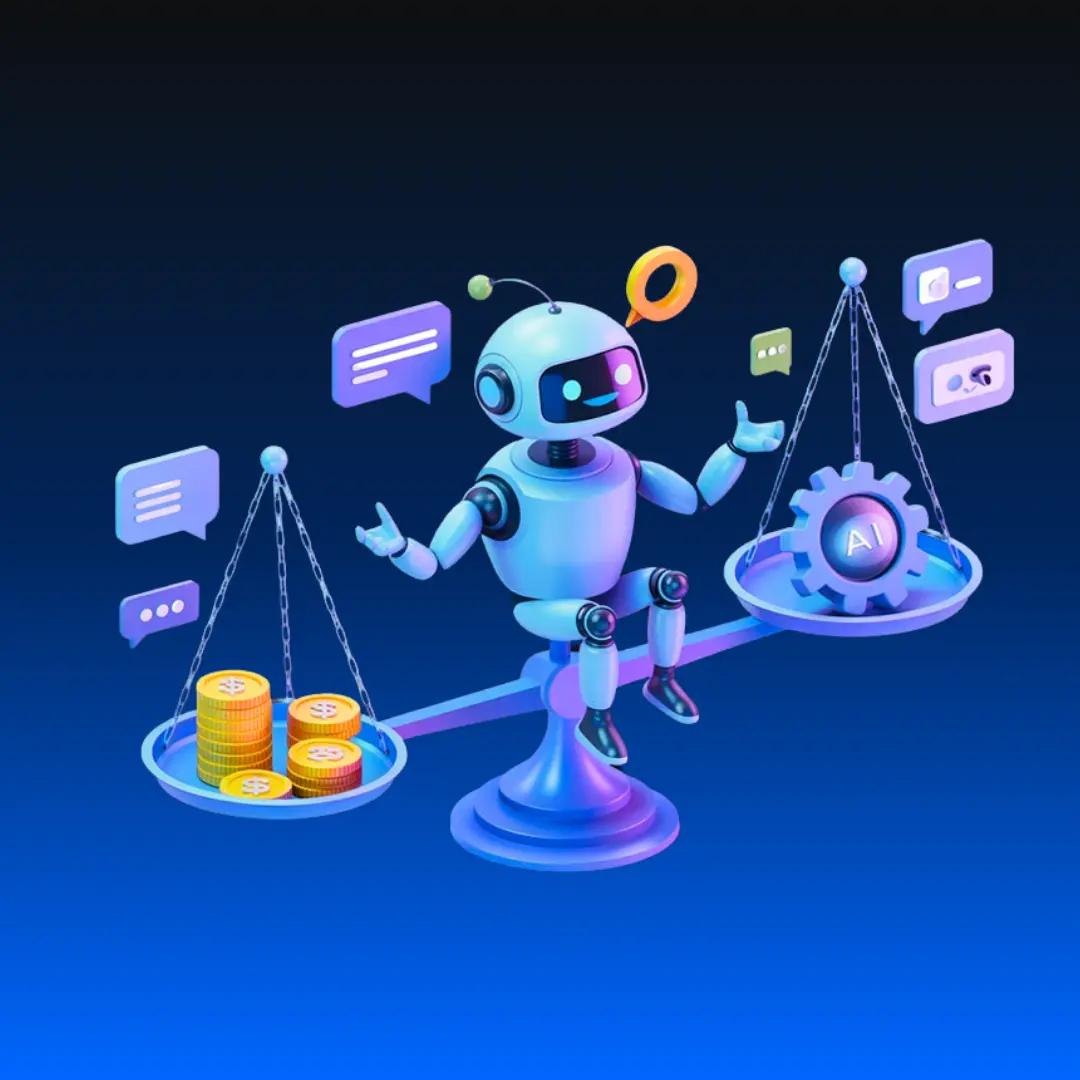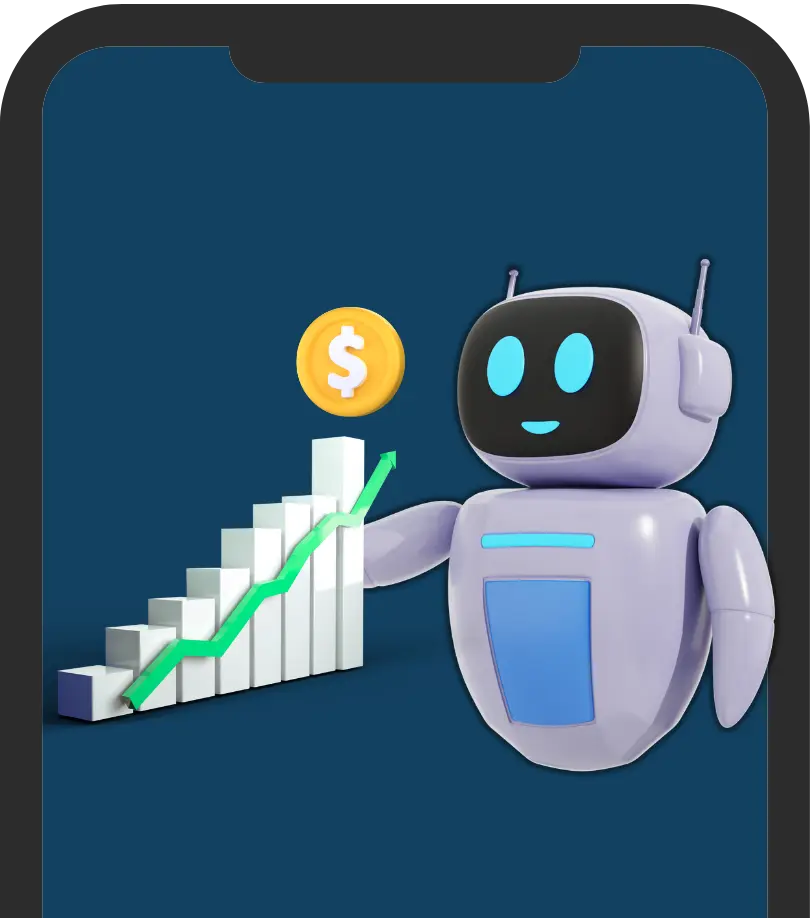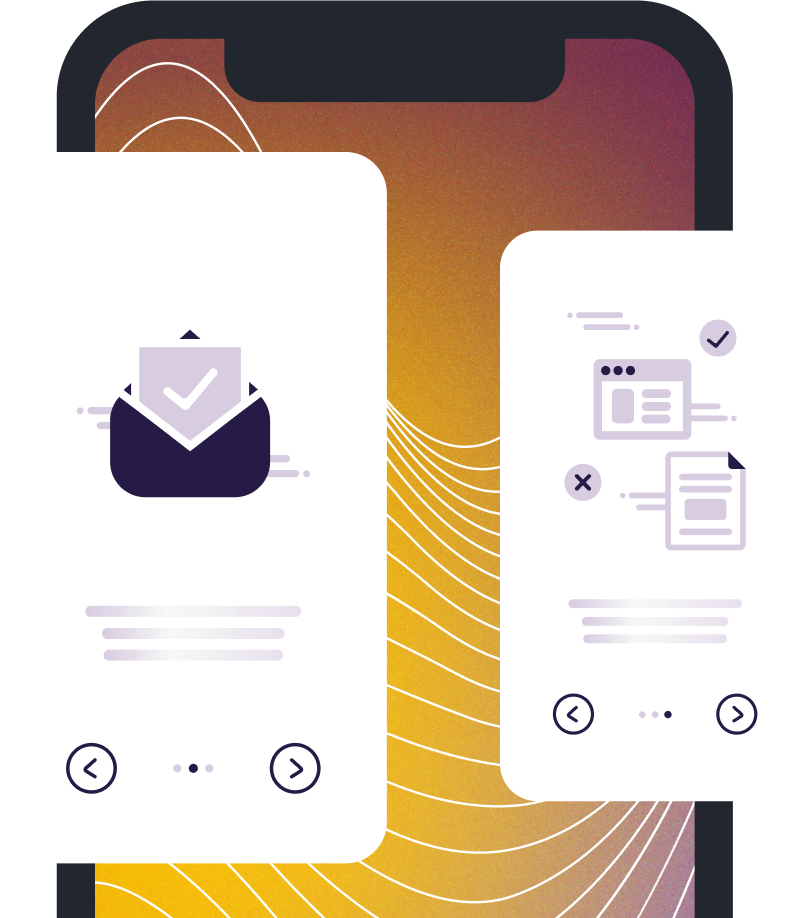Companies today are looking to expand faster, serve their clients better and perform more effectively. One way to achieve this is through chatbots. Chatbots are a tool that will answer questions from customers and guide them through your site, and even assist with sales, all without human intervention.
This blog will go over how to implement a chatbot step-by-step. It will also reveal the cost and what outcomes you are likely to see, and why your company should not overlook this effective option.
What is a Chatbot?
A chatbot is a program which communicates with your customers via chat. It may be available in your website, WhatsApp, Messenger or in mobile applications. Instead of a person chatbot, the chatbot scans messages and responds with helpful responses. It is able to help customers locate items, book services or help with issues, all in one click.
There are chatbots on websites selling e-commerce asking, “Hi, how can I help you?” That’s a chatbot working.
Why Should You Implement a Chatbot?
Before we begin to explore”the “how,” let’s understand the “why.” Here are some of the main reasons:
- Reduce time and costs by answering frequently asked questions in a timely manner.
- Improve customer service through 24 hour, instant responses
- Enhance sales by guiding customers to purchase
- Reduce the burden on human agents
- Gather useful information about the needs of users and their behavior
Numerous companies have witnessed positive results from the chatbot program. Some companies have reported an increase of 50% in costs for customer service, and a 20-30% increase in leads. One online retailer even claimed sales grew by 35% when they began using chatbots.
Step-by-Step Guide: How to Implement a Chatbot
Let’s look at the steps in a simple manner:
1. Define Your Goals
Begin by asking: Do you have a specific thing that you would like the chatbot accomplish?
- Do you want to be able to answer questions?
- Do you want to gather leads?
- Can it assist people to place orders?
A clear goal will aid in selecting the best chatbot type and design useful flow.
2. Choose the Right Platform
Next, you must decide on where you would like the chatbot to be. A few popular platforms include:
- Website
- Messenger
- Mobile app
If you manage your own website, you’ll have to learn how to incorporate chatbots into your website. The majority of chatbot software tools provide an easy method to accomplish this. Usually, you can copy and paste an incredibly small code inside the header of your site.
3. Pick the Right Chatbot Tool
There are a lot of chatbot builders on the market. The most popular are:
- Tidio
- Chatfuel
- ManyChat
- MobileMonkey
- Drift
- Intercom
- Get AI Chatbots (custom chatbot development for business)
Certain of them offer drag-and-drop builders. That means that you don’t have to be a programmer to use them. Some offer more sophisticated options for companies who require customized solutions.
4. Design the Conversation Flow
This is the place where you decide the chatbot’s language.
For instance:
- Introduce yourself to the person you are greeting: “Hi there! What can I do to help to you right now?”
- Choices for offers: “1. Track your order, 2. Talk to support, 3. Look through the items”
- Give them answers to the students based on their choices
Facilitate the flow and be useful. Always offer users a way to speak to a live person should they need to.
5. Add the Chatbot to Your Website or App
To incorporate a chatbot on your site Follow these steps:
- Log in to the chatbot tool you use.
- Find the installation program code (usually JavaScript)
- Copy it into your site’s HTML code, right before the tag.
- Refresh your site and try the chatbot
If you are using platforms such as WordPress or Shopify There are apps or plugins that help you make your life simpler.
6. Test Everything
Before you go live, try out all components of your chatbot’s:
- Test each button and click on the link
- Make sure to check spelling and grammar
- Check if the answers are useful
- Be sure that users have access to assistance from a human being if they need it.
Testing can help you resolve problems and improve your experience.
7. Go Live and Monitor
Once you’re all set, go ahead and launch the chatbot.
Keep in mind how your system is doing. A lot of tools provide easy dashboards that display:
- How many people have used the chatbot?
- What questions were most commonly asked?
- Where do people drop off
- How long did each session last?
Utilize this information to make your chatbot more effective in the future.
How Much Does It Cost to Implement a Chatbot?
The cost of setting up chatbots based on the needs of your company and features you’d like. Chatbots for simple tasks that perform simple tasks such as answering questions or generating leads, several platforms offer no-cost or low-cost plans ranging at $10-$50 per month. These plans are ideal for small companies that are just beginning. The mid-range plans offer more options like integration with CRMs and better design control or greater chat limits – typically cost between $50-$500 per month.
If your business requires an entirely custom chatbot that has advanced features, the price could be more expensive. The development cost for a customized chatbot could vary from $800 to more than $10,000. The price varies based on the complexity of the chatbot as well as the platform it’s based on, as well as the developer who created the chatbot.
Common Use Cases for Chatbots
Here are some ways to utilize chatbots to:
- Customer Support: Respond to the most common questions in a matter of minutes
- Lead Generation: Gather user details and then send this information into your CRM
- E-Commerce Sales: Provide suggestions for products or offer discounts and assist with the payment
- Appointment Booking: Allow users to make appointments or book services without making calls
- Feedback Collection: Request opinions or reviews after an online chat
How Much Did Sales Improve After Implementing a Chatbot?
A lot of businesses have reported improved results following the introduction of chatbots. Some examples include:
- The E-Commerce Store has a 35% rise in the number of orders that are completed using chatbot support
- Healthcare Provider 40% more appointments following the chatbot’s launch
- Education Platform 60 percent faster student queries which leads to 20 20% more signups
- Telecom Brand Customer satisfaction: 65% of questions are resolved without the need for human assistance
The results prove that chatbots not just reduce costs, but also boost the customer experience, sales and speed of response.
Tips to Make Your Chatbot Successful
To achieve the most effective results, you should follow these easy guidelines:
- Make sure messages are short and concise.
- Add buttons, quick replies and quick answers
- Provide human assistance whenever needed
- Make sure to update chatbot scripts frequently
- Monitor and improve based upon the user’s data
Final Thoughts
Chatbots are no longer a luxury, it’s an essential tool for every modern-day company. It doesn’t matter if you’re looking to increase customer service, boost sales, or cut down on money, the chatbot will assist.
Start small, experiment with the results, and then make improvements as you progress. There is no need to be an expert in technology. By using the appropriate tools and a plan anyone can figure out how to implement a chatbot, and see tangible results.
If you’re not doing so, now is the moment to introduce the benefits of automation to your company. Your customers will be grateful, and also your employees.




